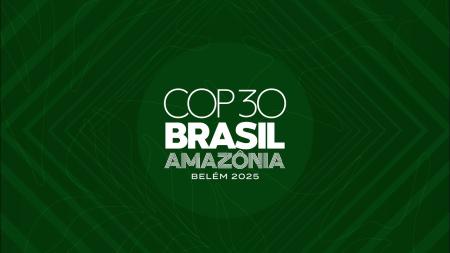
The Conference of the Parties (COP) is the largest global event for discussions and negotiations on climate change. The meeting is held annually, with the presidency rotating among the five regions recognized by the United Nations.
In 2025, Brazil will have the honor of hosting the 30th Conference of the Parties (COP30), which will take place in Belém, Pará. The chosen city will provide the world with a unique platform to discuss climate solutions, firmly rooted in the heart of the Amazon.
As the host country, Brazil is committed to strengthening multilateralism and fostering consensus on global targets to reduce greenhouse gas emissions that contribute to the warming of the planet.
For more information about COP, visit the UNFCCC website.
Media online registration for COP 30 will open mid July.